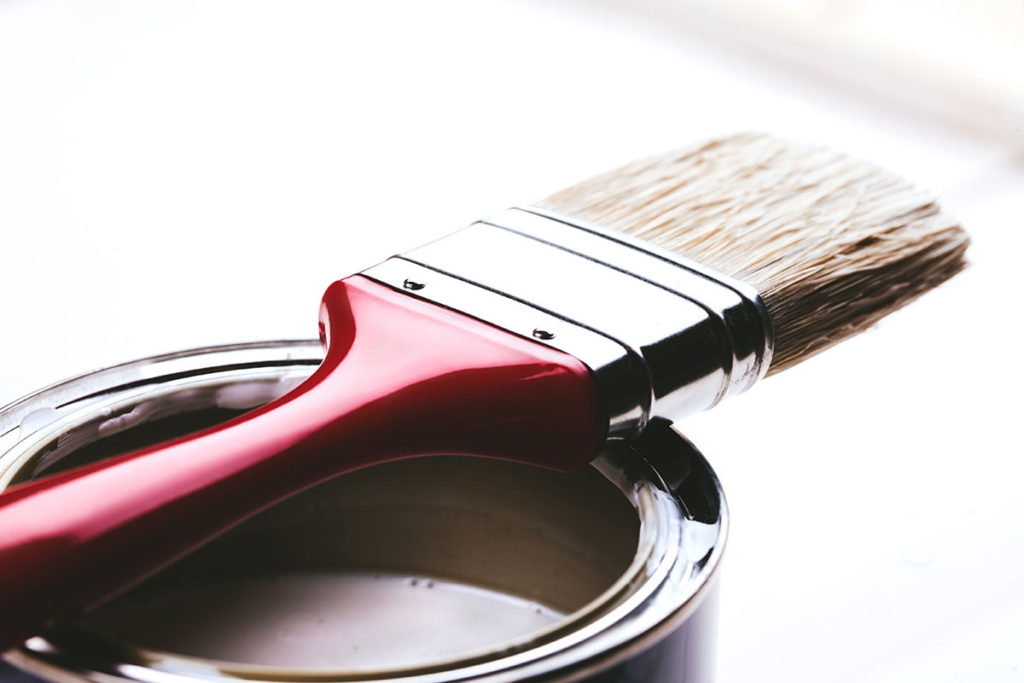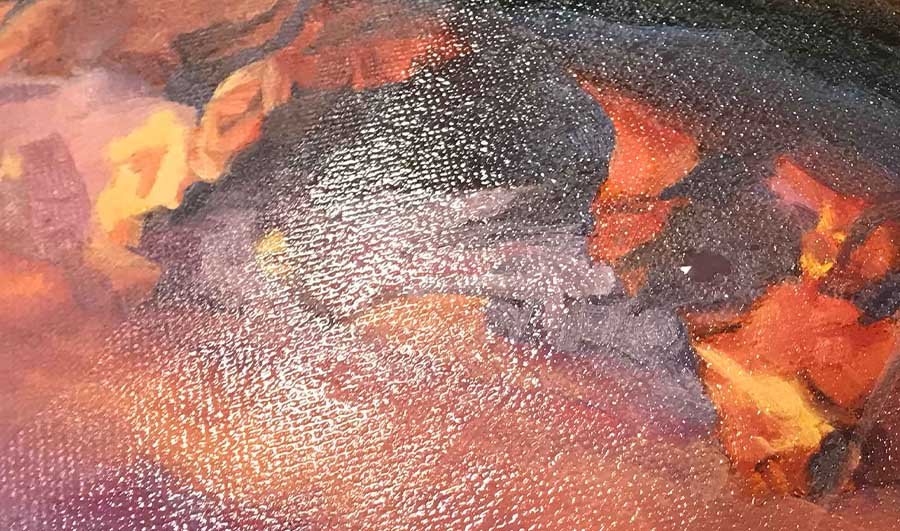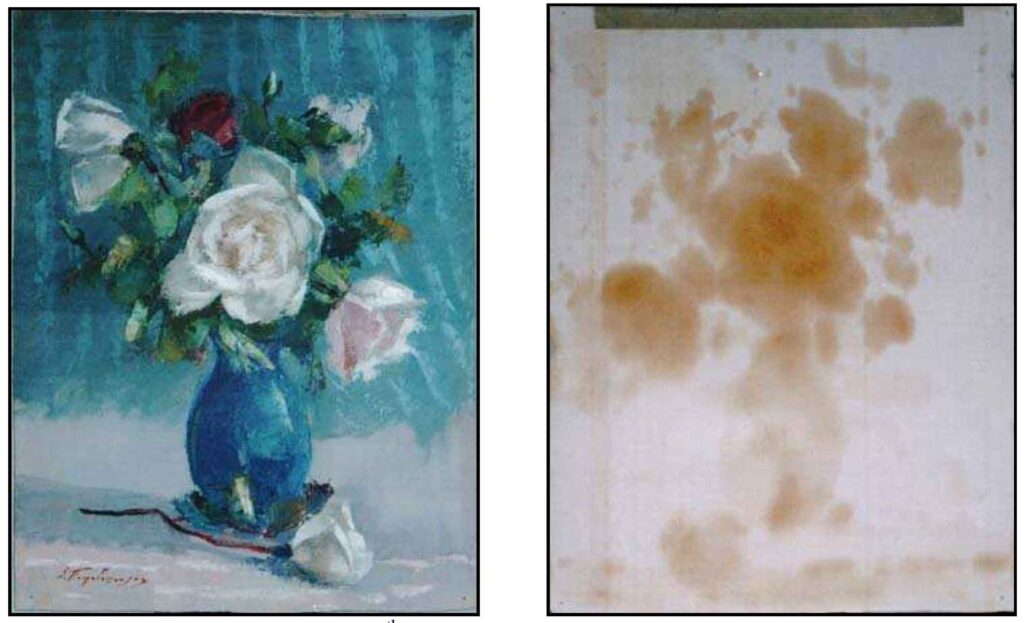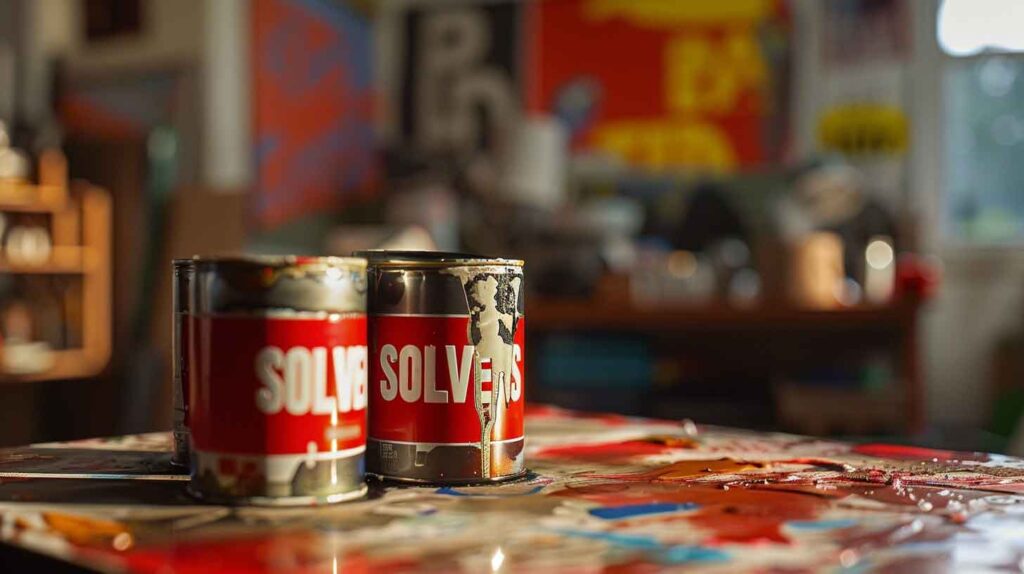
Best Practices for Varnishing Tempera Paintings
I received a question about varnishing tempera paintings that feature gilding. I want to share my reply to the artist with this group:
Not all varnishes work well with casein, distemper, egg tempera, gouache, watercolor, and drawings because the varnish will be absorbed by the paint and/or paper, becoming an integral part of the picture that could cause discoloration. In addition, varnishes on works created using casein, distemper, egg tempera, gouache, watercolor, and drawing cannot be removed.
It is not recommended to varnish casein, distemper, egg tempera, gouache, watercolor, and drawings because it does not function as a varnish but becomes part of the paint film. This is the issue with almost all waterborne paints, such as casein, distemper, egg tempera, watercolor, and drawings. Hence, we recommend applying an isolating varnish that becomes part of the paint film and then a final varnish of a different resin that can be removed without affecting the isolating varnish (and the paint film).
To varnish casein, distemper, egg tempera, gouache, watercolor, and drawings, apply a varnish such as Conservar Isolating/Finishing Varnish as an isolating coating on the painting or drawing first, then apply a final picture varnish, such as Conservar Finishing Varnish. In this way, the final varnish can be removed without damaging the painting or drawing underneath. Remember, any isolating coating becomes a permanent part of the artwork since the paint layer absorbs it.
Read more: Natural Pigments







Responses